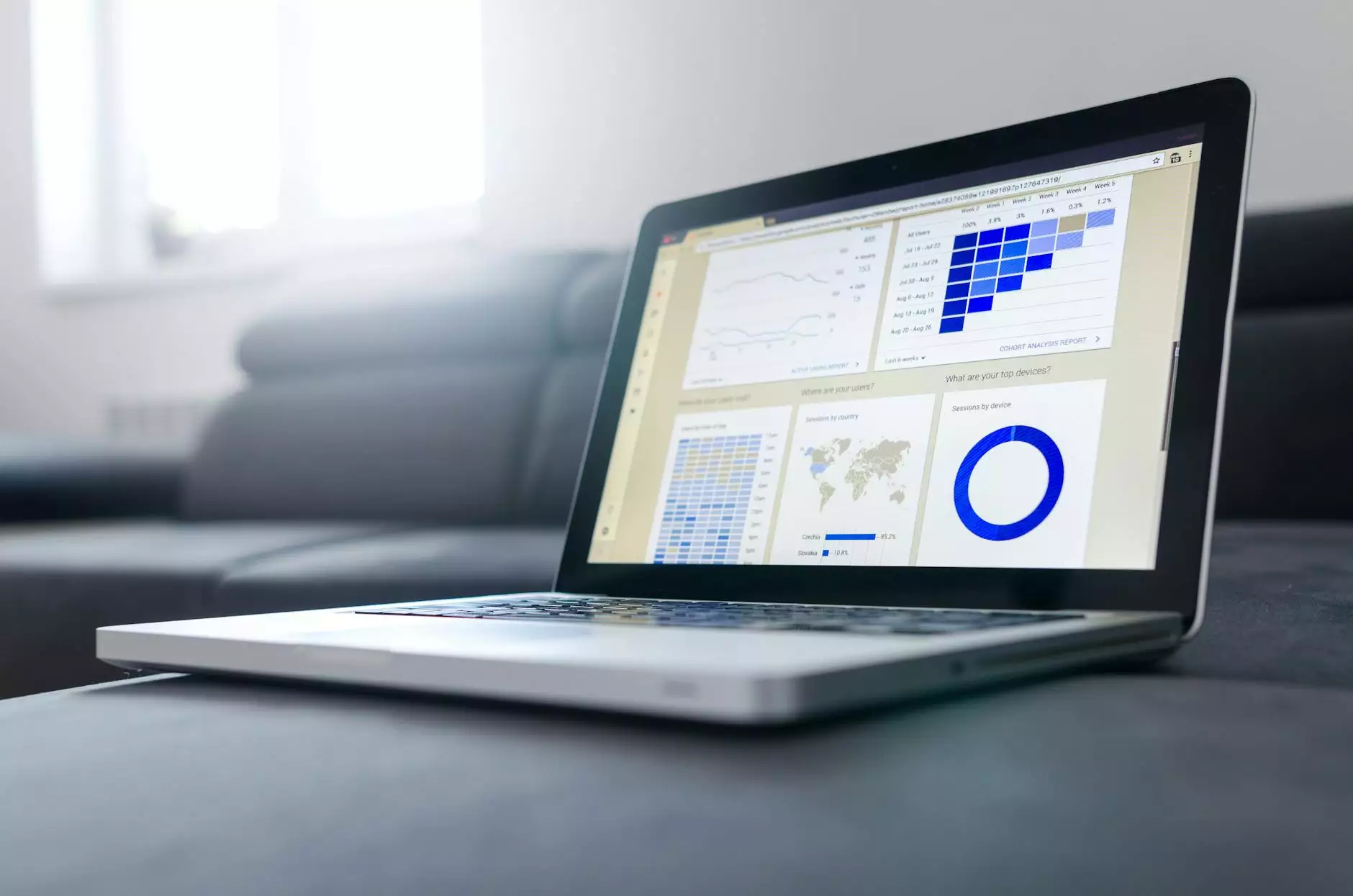How to Port Games to Switch: A Comprehensive Guide

As the gaming industry continues to evolve, developers constantly seek ways to adapt their creations to various platforms. One significant platform that has taken the gaming world by storm is the Nintendo Switch. Its unique hybrid design allows for both handheld and docked play, enticing a broad audience of gamers. In this article, we will delve into the intricacies of how to port games to Switch, ensuring that developers are well-equipped and informed about the process.
Understanding the Nintendo Switch Architecture
Before embarking on the journey of porting games, it’s crucial to understand the architecture of the Nintendo Switch. The Switch operates on a custom NVIDIA Tegra X1 chip, which combines an ARM CPU with an NVIDIA GPU. This unique hardware combination provides both performance and power efficiency, ideal for a handheld console.
Key Specifications of the Nintendo Switch
- Processor: NVIDIA Tegra X1
- Memory: 4 GB RAM
- Storage: 32 GB internal (expandable via microSD)
- Screen: 720p touchscreen (Handheld) / 1080p (Docked)
- Battery: Approx. 2.5 to 6.5 hours of gameplay
Understanding these specifications is fundamental in deciding which aspects of your game need adjustments for optimal performance on the Switch. The goal is to ensure that your game not only runs smoothly but also reflects the unique capabilities of the Switch.
Step 1: Evaluate Your Existing Game Code
Before you initiate a port, conduct a thorough evaluation of your current game code. This is a critical step in the process of how to port games to Switch because it allows you to identify sections that may require rework or adjustment to comply with the Switch’s hardware capabilities.
Considerations During Evaluation
- Engine Compatibility: Ensure that your game engine supports the Nintendo Switch. Popular engines like Unity and Unreal Engine have made strides in optimizing their systems for the Switch.
- Graphics: Evaluate your graphics settings. The Switch has limitations in terms of resources compared to more powerful consoles and PCs. Lightening up shaders and textures may be required.
- Performance Metrics: Run performance benchmarks to see how well your game currently performs. This can guide you in deciding what to optimize first.
- Control Schemes: Review your game’s control system. The Switch’s Joy-Con controllers have unique features like motion controls and HD rumble that might enhance gameplay.
Step 2: Optimizing Graphics and Performance
Graphical fidelity often comes at the cost of performance. To effectively port games to the Switch, it’s essential to find a balance. Here are some steps to optimize your graphics and performance:
Reducing Asset Sizes
Large textures and high poly-count models can severely impact the Switch's performance. Consider these techniques:
- Texture Compression: Utilize texture compression formats compatible with the Switch, such as ASTC or ETC2.
- Level of Detail (LOD): Implement LOD techniques to reduce the number of polygons rendered at various distances.
- Reduce Draw Calls: Minimize the number of separate draw calls by combining meshes and using texture atlases.
Performance Testing and Optimization
Regularly test your game as you make these optimizations to ensure you are heading in the right direction. Use tools like NVIDIA Nsight or the built-in profiling tools in your engine to monitor performance.
Step 3: Adjusting Gameplay Mechanics
Gameplay mechanics might need tweaking to suit the Switch’s unique gameplay style. Here’s how:
Control Schemes
The Switch offers multiple control inputs. Make sure your game can recognize:
- Joy-Con controllers
- Pro Controller
- Touchscreen inputs
Integrate intuitive control mappings to create a seamless experience for players transitioning from other platforms.
Game Pace and Difficulty
Evaluate your game’s pacing and difficulty levels. The Switch is often used for shorter gaming sessions, so adjust the game length and difficulty to cater to casual play styles.
Step 4: Testing the Game on Actual Hardware
Emulation is one thing, but playing your game on actual Switch hardware is crucial. This step helps ensure your game meets performance and experience expectations.
Beta Testing
Once you've optimized your game, conduct beta testing with real players on the Switch:
- Gather feedback on gameplay experience.
- Monitor game performance under various conditions: handheld vs. docked mode.
- Take note of any bugs or glitches that may arise.
Step 5: Finalizing Technical Compliance
Before the official launch, it's essential to ensure your game complies with Nintendo's technical requirements. This includes:
- Final performance benchmarks within acceptable parameters set by Nintendo.
- Compliance with Nintendo’s content guidelines.
- Localization considerations, including translations and cultural adaptations.
Step 6: Marketing Your Ported Game
After successfully porting your game to the Switch, the next step is to effectively market it. Here are several ways to do so:
Reach Out to Influencers
Utilize social media and partnerships with influencers in the gaming community. Having prominent figures play and promote your game can increase visibility immensely.
Utilize Press Releases and Gaming Events
Prepare a press release announcing your game’s port and distribute it to gaming news outlets. Additionally, consider showcasing your game at gaming conventions or events to generate interest.
Create Engaging Promotional Materials
Utilize vibrant graphics, engaging trailers, and compelling descriptions to create interest in your game. Highlight unique features that exploit the Nintendo Switch's capabilities.
Conclusion
Porting games to the Nintendo Switch can be a rewarding but challenging endeavor. By thoroughly understanding the hardware, optimizing performance, adjusting gameplay mechanics, and effectively marketing your game, you can successfully transition your title to one of the most popular gaming platforms.
Whether you are an independent developer or part of a larger studio, remember that the key to success lies in creativity, adaptability, and remaining attuned to your audience's preferences. Now that you've learned how to port games to Switch, it’s your turn to bring your talents to this vibrant platform. Good luck with your porting journey!









